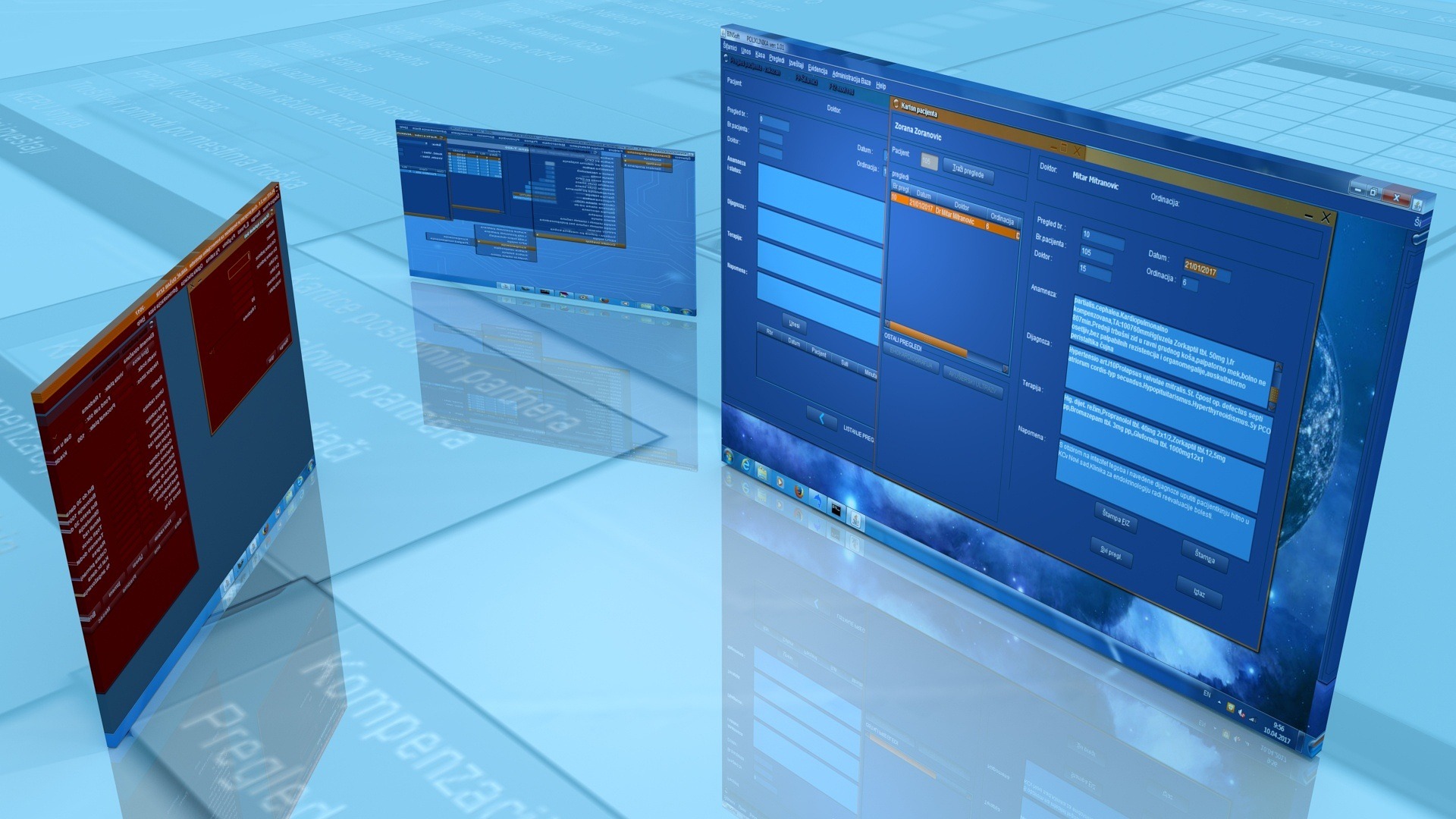Implementing Payroll Software in Your Company
The implementation of new payroll software is a multi-step process for any organization. When selecting a system, businesses should consider factors such as company size, scalability, and the ability to integrate with existing time-tracking and HR management tools. Data security is another critical consideration, particularly with sensitive employee information. Many software providers offer support for data migration from legacy systems and provide training for staff to ensure a smooth transition. A well-planned implementation is key to leveraging the full capabilities of the payroll software.

Assessing Your Company’s Payroll Needs
Before diving into implementation, it’s essential to thoroughly evaluate your organization’s specific requirements. Start by analyzing your current payroll processes and identifying pain points, inefficiencies, and areas for improvement. Consider factors such as company size, industry-specific compliance requirements, and growth projections. A small business with simple payroll needs might benefit from a straightforward solution, while enterprises with complex compensation structures and international operations will require more sophisticated systems.
Create a comprehensive list of must-have features versus nice-to-have capabilities. Common requirements include tax calculations, direct deposit options, reporting functionalities, and compliance with local labor laws. Involve stakeholders from finance, HR, and management in this assessment to ensure all perspectives are considered. This collaborative approach helps identify interdepartmental requirements that might otherwise be overlooked.
Data Migration and System Setup
Once you’ve selected the appropriate payroll software, data migration becomes a critical focus. This process involves transferring employee information, salary details, tax data, and historical payroll records from your existing systems to the new platform. Develop a detailed migration plan that includes data mapping, validation protocols, and contingency measures.
Before full implementation, perform a thorough data cleansing exercise to correct inconsistencies and remove duplicate records. Many organizations underestimate the importance of this step, but clean data is fundamental to successful software implementation. Work closely with your software provider to understand the format requirements for imported data and utilize their migration tools if available.
The system setup phase involves configuring the software to reflect your company’s specific payroll policies, tax settings, and workflow requirements. Pay particular attention to customizing approval hierarchies, setting up payment schedules, and establishing compliance parameters. A phased approach often works best, starting with core functionalities and gradually implementing more advanced features.
Integrating with Time and Attendance Systems
A significant advantage of modern payroll software is its ability to integrate with other business systems, particularly time and attendance tracking. This integration eliminates double-entry, reduces errors, and creates a seamless flow of information across platforms. When implementing your payroll solution, prioritize connections with existing HR information systems, accounting software, and time-tracking tools.
Consider how employee time data will flow into the payroll system. Will it require manual approval steps, or can the process be fully automated? Map out the entire workflow from time capture to payment processing, identifying potential bottlenecks or points of failure. Integration testing should be thorough and include edge cases such as overtime calculations, shift differentials, and leave management.
Cloud-based payroll systems typically offer more straightforward integration capabilities through APIs and pre-built connectors. However, even with on-premises solutions, modern middleware can facilitate effective system communication. The goal is to create a unified ecosystem where employee data moves seamlessly between systems while maintaining data integrity.
Training Staff on New Payroll Procedures
Even the most sophisticated payroll system will fail to deliver benefits if staff aren’t properly trained to use it. Develop a comprehensive training program targeting different user groups. Payroll administrators will need in-depth instruction on system administration, troubleshooting, and advanced features. Meanwhile, managers may require focused training on approval workflows, reporting capabilities, and compliance oversight.
Consider multiple training formats to accommodate different learning styles. Hands-on workshops, detailed documentation, video tutorials, and follow-up support sessions all contribute to successful adoption. Create a sandbox environment where users can practice without affecting live data, allowing them to build confidence before working in the production system.
Schedule training sessions close to the go-live date to ensure information remains fresh, but allow enough time for practice and questions. Designate internal champions or super-users who receive advanced training and can support their colleagues during the transition period. Regular refresher sessions and updates on new features will help maintain proficiency as the system evolves.
Data Security and Privacy Considerations
Payroll data includes some of the most sensitive information within an organization. Implementing robust security measures is not just a best practice—it’s often a legal requirement. When setting up your payroll software, establish strict access controls based on the principle of least privilege, ensuring employees can only access information necessary for their specific roles.
Configure comprehensive audit trails that track all system activities, especially those involving sensitive data modifications. Implement strong authentication protocols, including multi-factor authentication for administrator access. Data encryption should be employed both for information at rest and in transit, protecting against unauthorized access.
Develop clear policies regarding data retention, backup procedures, and disaster recovery. Regular security assessments and penetration testing can identify vulnerabilities before they become problems. If using cloud-based solutions, thoroughly review the provider’s security certifications and compliance with relevant standards such as ISO 27001, SOC 2, or GDPR.
Conclusion
Implementing payroll software is a significant undertaking that requires careful planning across multiple dimensions. By thoroughly assessing your needs, creating a structured data migration strategy, ensuring smooth system integration, providing comprehensive training, and prioritizing security, you can achieve a successful implementation that delivers tangible benefits. Remember that implementation is not a one-time event but rather the beginning of an ongoing optimization process. Regular reviews and adjustments will ensure your payroll system continues to meet your organization’s evolving needs while maintaining compliance with changing regulations.




